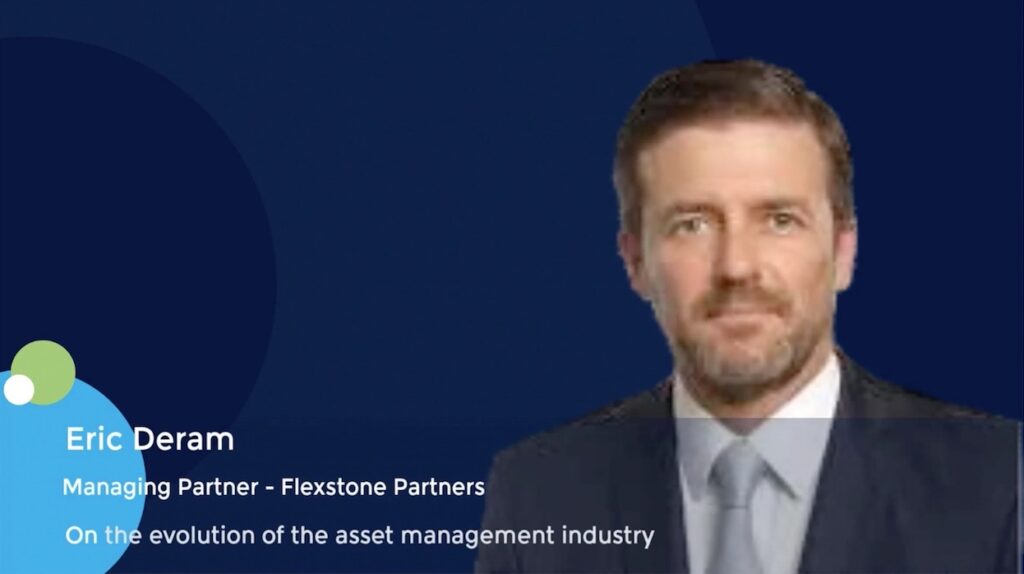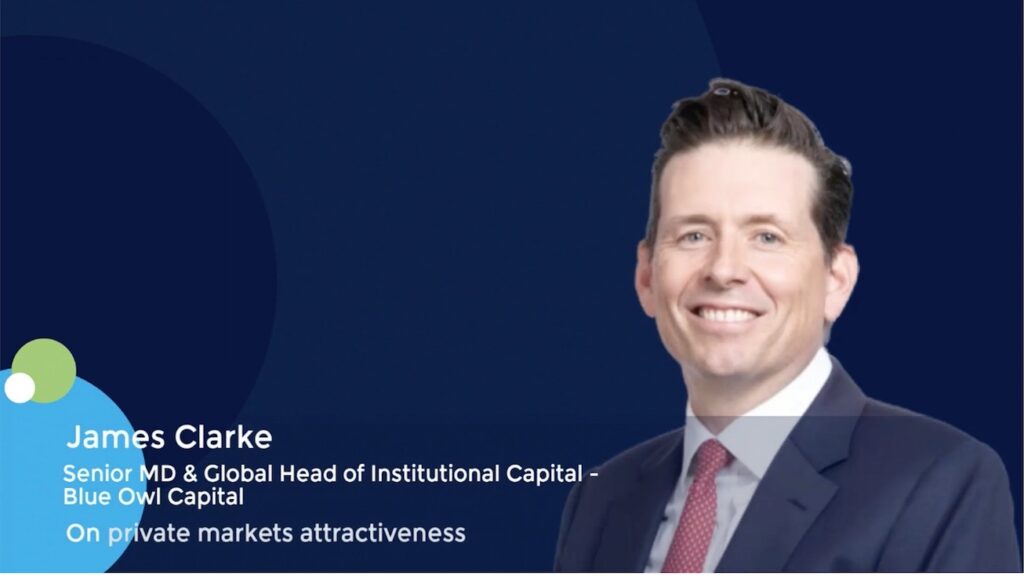Till the last minute: IPO rush shifts to year-end as issuers await clarity – ECM Pulse North America
- Busy stretch of issuance expected once shutdown ends
- Constructive window remains intact
- Some issuers may defer execution to 2026
What was meant to be one of the busiest Octobers for US IPOs in years has turned into a race against the clock.
The government shutdown that froze SEC reviews and an overlapping earnings season are pushing a heavy lineup of deals into November and December, setting up a compressed finish to an already volatile year.
Thanksgiving and year-end holidays will close the window around mid-December, leaving a short but potentially busy stretch that bankers describe as both an opportunity and a logistical challenge.
The shift has not dented sentiment. After a strong third quarter and steady performance from recent listings, investors appear comfortable with a short pause before the next wave. For one buysider, the pause has been a welcome break after a hectic third quarter.
“We were going gangbusters, and then the shutdown hit,” he said. The overlap with earnings season brings its own advantages, giving analysts a bit of a breather during earnings, he added.
Bankers also call the lull a normal part of the earnings cycle, when companies typically hold off on transactions until results are out. Issuance is expected to resume quickly once that period ends, according to William Blair’s MD Steve Maleztky.
“It’s a normal slowdown tied both to the shutdown and to the earnings cycle,” he said. “Activity should pick up on the back of what we expect to be a positive third-quarter earnings season.”
By most accounts, the underlying market window remains intact. Volatility has largely stabilized following early-October fluctuations, valuations are holding up and liquidity remains strong.
Up to 15 IPOs are currently on file. Travel tech firm Navan, biotech company Maplight Therapeutics, insurance tech firm Exzeo Group, and electric aircraft startup Beta Technologies are among the companies pressing ahead with potential listings, as reported.
There are now expectations for a brief but intense burst of issuance once the SEC reopens and companies have updated results in hand.
Nick Williams, head of Americas ECM at Deutsche Bank, said a resolution would likely trigger “a year-end burst,” depending on when the government resumes normal operations and given investors still have capacity to absorb the backlog.
“Everything was lining up: performance, SEC review, market conditions,” said Evan Riley, head of Americas ECM at BNP Paribas. “If you have conviction around size and price and you’re ready, then as long as you’re willing to put yourself out there for 20 days of market movement, there’s a viable path to move forward.”
Companies with financials going stale after mid-November have been under pressure to act quickly or wait until 2026. The 12 November cutoff for second-quarter filers and a limited December trading window leave little room for error.
Confidence is holding firm despite procedural friction; large global banks reported strong earnings, and while some US credit names have shown strain, it appears idiosyncratic, Deutsche Bank’s Williams explained. “So far there’s no sign of a turn in the credit cycle,” he said, adding that consumer behavior remains steady and, while managers are staying disciplined, they continue to deploy risk capital.
A crowded December also presents the risk of congestion as issuers and investors juggle overlapping roadshows and holiday schedules. The compressed timetable could favor those already through SEC review or able to move quickly once markets reopen.
Still, geopolitical developments could complicate the overall picture, and the long-awaited release of critical macroeconomic data, currently unavailable while the government is in gridlock, will present companies and syndicates with plenty of new information to digest.
Beyond the near term, some issuers are already looking to bypass the holiday-thinned runway and move their plans into 2026.
It almost comes down to “personal preference,” as one banker speaking on background said. Some issuers have postponed multiple times and can comfortably decide to hold still. Others that have been rearing to go will simply embrace the risk and proceed.
Stillness carries little reward beyond a false sense of comfort. “By staying on the sidelines, you are also taking market risk,” the banker said.
“These are not easy decisions. 20 days through earnings with a fixed price is not for everyone.”











